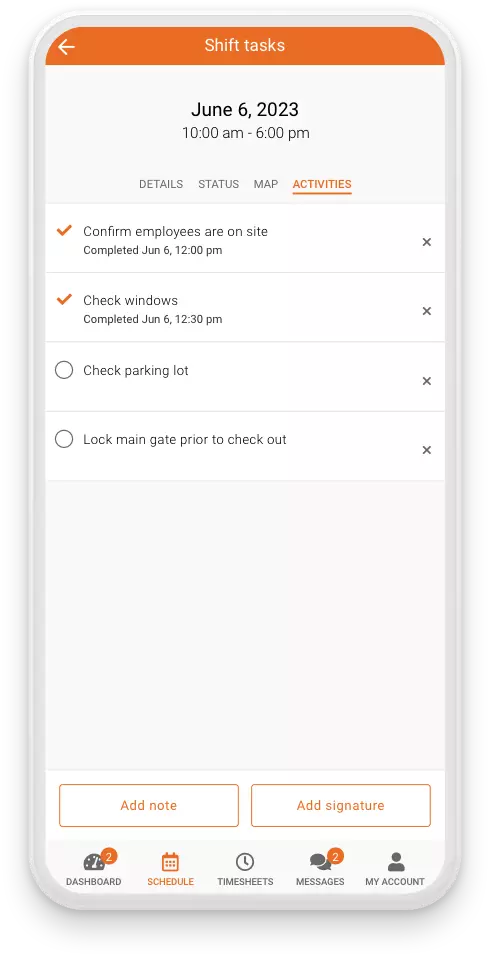This is your guide to all things employee productivity-related. The corporate world throws the term “employee productivity” around a lot. But what exactly is it?
More importantly, how do you measure it and how can you improve it?
What is employee productivity?

Employee productivity is a measure of how well employees or a group of workers perform within a specific timeframe. In other words, how much work do your employees achieve?
Measuring employee productivity varies hugely from business to business and industry to industry. Each company will have its own ways of measuring its employee output. For example, some companies pay hourly, so workers are expected to log their hourly work projects. Other companies may have set monthly key performance indicators (KPIs) that employees must meet on a monthly basis.
Why is employee productivity important?
Employee productivity is important because the success of a company relies on the productivity of its workforce. It’s one of the pillars of effective workforce management. It doesn’t matter how big or small your business is, employee productivity impacts all areas of it! It also improves job satisfaction, boosts employee morale, and creates a better work environment.
Improved employee productivity means you are getting more output which ultimately means more revenue! It is also important as the saying goes “You can’t manage what you can’t measure”. How can you improve your employee productivity without measuring it?
How to Measure Employee Productivity
Well, employee productivity is usually evaluated by the amount of work an employee does in a certain time period. A person’s productivity is usually benchmarked off other employees in the business doing similar work. In reality, every company is so different and they will each have a different way of measuring productivity. Here are 3 ways you can measure employee productivity.

1. EMPLOYEE PRODUCTIVITY FORMULA
According to Smart Sheet, you can calculate your employee productivity using the following formula:
Total Output/ Total Input
For example, say your company generates $100,000 worth of goods or services (which is your output) and uses 1,500 hours of labor (which is your input). Divide 100,000 by 1,500 and you will get 67, so your company generates $67 per hour of work.
2. KPI’S
KPIs (key performance indicators) are measures put into place to show how employees are achieving key business objectives. Companies will use them to evaluate how successful they are at meeting certain targets.
You may have individual KPIs or team KPIs that are evaluated after a certain time period e.g. monthly or quarterly. KPIs are unique to each business and can include tasks like making calls or getting sign-ups.
3. WORK QUALITY
Business owners and managers don’t just care about productivity levels. The amount of work and its quality are both important for a business to succeed. Most business would prefer their employees to spend more time on tasks to ensure the output is of a high standard.
What impacts Employee Productivity?
There are a lot of external factors that will impact how productive your teams are. Looking at these factors are a great way to increase employee productivity. Let’s take a look at some here:
EMPLOYEE WELLBEING

Did you know that employee wellbeing has a huge impact on productivity? Engaged workers create a more positive work environment and a nice company culture, this, in turn, improves productivity. In research done by Gallup, 27% of happy workers are more likely to have “excellent” productivity reports by their employees.
Overworked and burnt-out employees are detrimental to your productivity – it can result in long absences leaving you in the lurch. Ensure your employees have a good work-life balance.
WORKING ENVIRONMENT
The physical working environment your employees work in plays a crucial role in their productivity. Poor working conditions like lighting, heating, the noise will all prevent your teams from producing their best work efficiently. These things are also important to consider if you offer remote work options. Employers often give money to employees who work from home to help them create a good environment for getting work done.
LACK OF COMMUNICATION
Communication barriers will create obstacles to achieving efficient employee productivity. If your employees are unclear about their tasks or objectives they won’t be able to meet their KPIs. Ensure there is good communication between managers/ team leaders and employees. Employees should feel comfortable reporting to their line manager if they are unclear about a part of their job.
The recent move to working from home severely impacted communication between workers. Ensure you are using online communication tools for your employees to communicate with their coworkers (if appropriate). In fact, an interesting stat from McKinsey found that when companies use social technology productivity improves by 20-25%!
How can you improve employee productivity?
Here are some things you can implement to start improving your employee productivity
FLEXIBLE SCHEDULES

Flexibility is our middle name here at Celayix. Flexible schedules allow workers to work the hours they are most productive in and still allow them a good work-life balance. Look to implement flexibility into work through working from options or flexible hours. You should also ensure that employees are taking adequate time off so they can recuperate and get motivated for work.
IMPROVE COMMUNICATION
It is proven that effective communication will positively impact the output of your workers. As mentioned, ensure communication lines are open between employees and management and you are sure to see a spike in productivity.
MOTIVATION
Ensure your workers are happy and engaged in work. You should look for ways to inspire employees and boost their morale. Employees like to know they are doing a good job.
So, make sure you reward and acknowledge your team’s hard work! You might be surprised at the correlation between employee engagement and productivity.
TRACKING SYSTEMS

Some companies will use time tracking systems to measure the output of employees and assess how long it takes employees to complete tasks. Generally, managers want to reduce the amount of time spent on tasks, without impacting the quality of the work.
As well as that, with Celayix you can put shift tasks in place that employees need to check off on their Celayix mobile app. This means you know exactly what tasks have been completed after a shift is complete!
WORKING CONDITIONS
Create a nice working environment that your employees actually want to be in. If you have employees working from home ensure they have all the necessary equipment to allow them to be efficient with their work.
We hope this guide helps you to understand employee and workforce productivity a bit more and how there is a balance between the quality and quantity of employee output. We know all businesses are different but this guide is a great starting point in understanding how to measure and improve your employee productivity!





